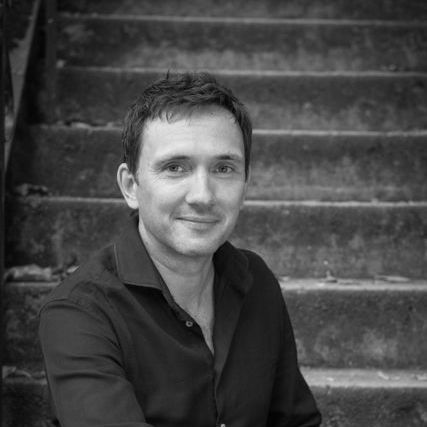Does evolution have an inbuilt Occam’s Razor?
4 PM, 1 Dec 2022
The algorithmic nature of evolution implies an exponential bias towards simpler phenotypes, explaining an observed preference for symmetry.
Theoretical life
The London Institute’s “Theoretical life” series tackles basic science questions about life itself, of which biology is just one instance. It is done in conjunction with bit.bio, with whom we work to decode the operating system of life. Topics range from the structure of genetic computation, to the thermodynamics of emergent self-replication, to cell programming and out-of-equilibrium switching, to a mathematical theory of programmed ageing, to learning and high-dimensional inference.
After each talk, there is a high-level panel discussion, followed by drinks and discussion on site.
Evolution and Occam
Why does evolution favour symmetric structures when they only represent a minute subset of all possible forms? Just as monkeys randomly typing into a computer language will preferentially produce outputs that can be generated by shorter algorithms, so the coding theorem from algorithmic information theory predicts that random mutations, when decoded by the process of development, preferentially produce phenotypes with shorter algorithmic descriptions. Since symmetric structures need less information to encode, they are much more likely to appear as potential variation. Combined with an arrival-of-the-frequent population genetics mechanism, this evolutionary Occam’s razor predicts a much higher prevalence of low-complexity (high-symmetry) phenotypes than follows from natural selection alone. It explains striking patterns observed in protein complexes, RNA secondary structures, a gene regulatory network and Richard Dawkins’ biomorphs model of development.
Finding transcription factors for cellular reprogramming
Cellular reprogramming is erasing a specific cellular identity from a population of cells and establishing another, such as turning skin cells to muscle cells. Transcription factor overexpression is the most efficient and robust method to exchange cellular identity.
Transcription factors are proteins that bind to specific gene regulatory elements in the genome and control gene expression. I will talk about experimental and predictive methods to identify transcription factors that can install specific cellular identities, for generation of human cell types for biomedical research and cell-based therapies.
















Speakers

Prof. Ard Louis is professor of Theoretical Physics at Oxford, where he leads an interdisciplinary research group. His research interests include biophysics, deep learning and evolution. His Erdős–Bacon number is 6.

Dr. Tüzer Kalkan is principal scientist at Bit.Bio, Cambridge. Her research concerns molecular cell biology and biochemistry. Recently, her work has focused on embryonic stem cells, cell reprogramming and the development of reliable in vitro models for the study of rare diseases.

Dr Forrest Sheldon is a Junior Fellow at the London Institute. He studied physics at Duke University before completing his PhD at the University of California, San Diego. His work focuses on nonlinear dynamics, disordered systems, inference and neuromorphic computing.